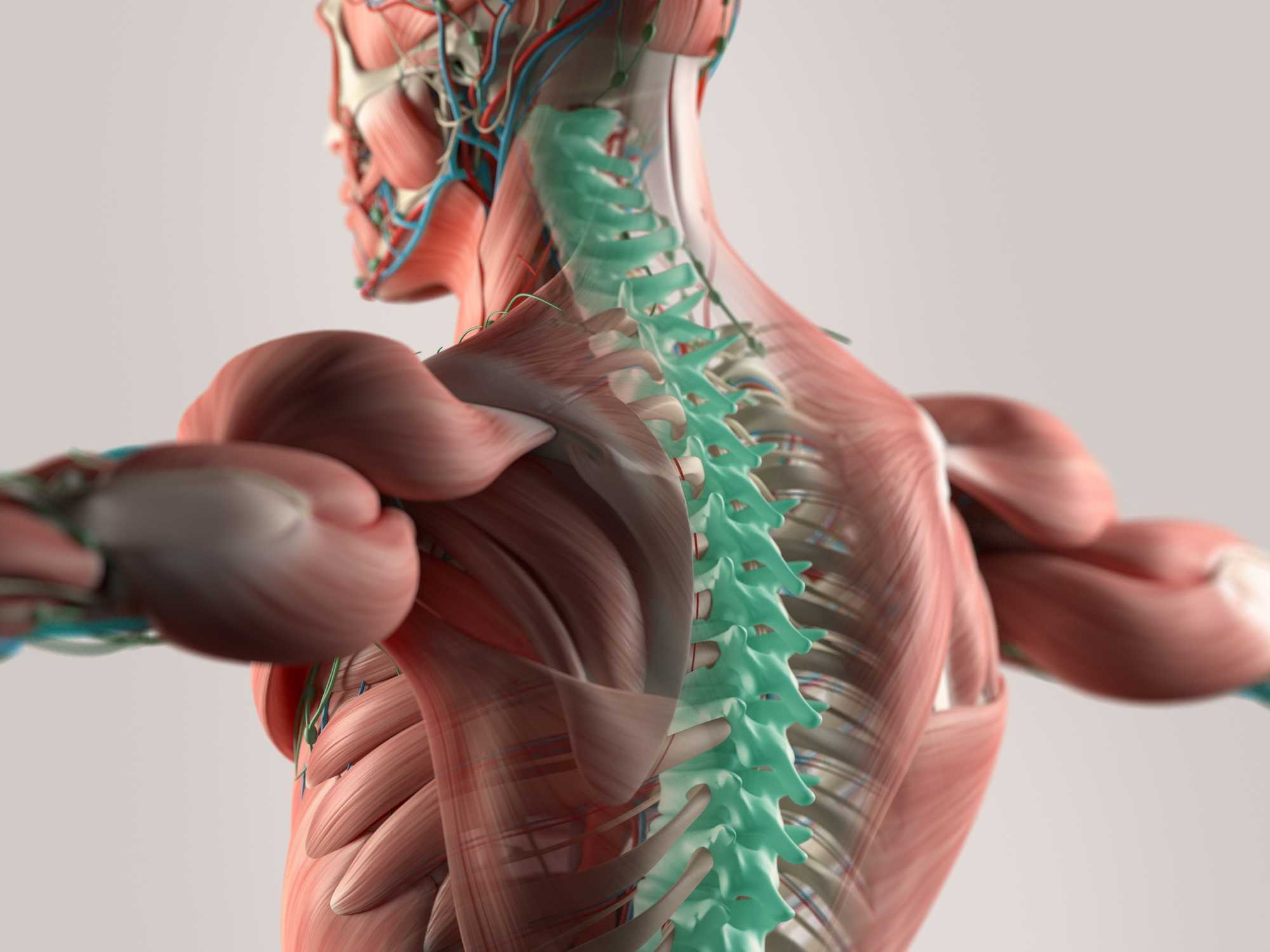BY DR. VIKAS PURI
You may think chiropractors are only able to help with back aches, stiff necks, slipped discs and whiplash injuries. However, chiropractic care can improve many conditions.
Chiropractic care is based on the understanding that a healthy nervous system can activate your own innate healing potential and result in many positive outcomes. Misaligned vertebrae in the spine decrease nerve flow to our organ systems, increase stress hormone in the body and impair our health and vitality. Chiropractors detect these misalignments, known as vertebral subluxations, and remove them naturally through chiropractic adjustments. Here are some common conditions that can improve under chiropractic care.
Migraines and tension headaches: Nine out of ten Americans suffer from headaches. Some are occasional. Some are persistent. Some are dull and nagging, while others cause debilitating pain and nausea. Taking a painkiller and hoping your headache goes away is one option. But there’s a better one.
In a clinical trial conducted at Macquarie University, 72% of migraine sufferers experienced either “substantial” or “noticeable” improvement after a period of chiropractic treatment.
In fact, most headaches are related to muscle tension in the neck, which is an increasingly common condition among Americans who spend hours in the same position or posture (such as in front of a computer or television), leading to muscle tension and subluxations in the neck that cause headaches.
Stress and anxiety: Stress can be classified under three major categories. Environmental stress includes noise, weather, physical threats, time pressures and performance standards. Physical stress includes disease processes, organ malfunction, poor nutrition, poor sleep and physical injury. And emotional stress is more difficult to define, but it encompasses our reactions, in both thought and emotion, to environmental and physical stressors.
Many illnesses are caused or worsened by stress, which activates our “fight or flight” reaction. This systemic reaction affects almost every part of the body, as the hypothalamus in the brain stimulates the sympathetic nervous system, which causes an increase in heart rate, blood volume and blood pressure, redirecting blood away from our digestive system and extremities. When prolonged, the long-term effects of this state can be disastrous to good health and cause high blood pressure, muscle tissue damage, diabetes, infertility, damage to the immune system and slowed healing from disease and injury.
Chiropractic adjustments can reduce spinal nerve irritation and improve blood circulation, which can help signal the brain to turn off the “fight or flight” response and begin the healing process.
A chiropractor can also recommend relaxation techniques and discuss posture and environmental changes to help you recover from chronic stress.
Fibromyalgia: Fibromyalgia is a chronic disorder involving widespread pain and sensitivity throughout the entire musculoskeletal system. To be diagnosed with fibromyalgia, a patient typically has a minimum of 11 out of 18 specific tender points on the body. In addition to pain, patients also report long-term fatigue and/or disturbed sleep and mood. Other disorders commonly associated with fibromyalgia include irritable bowel syndrome, TMJ pain and dysfunction, psychological conditions and some autoimmune diseases.
Fibromyalgia is a widespread condition that affects about 2% of the United States, and medical science has yet to discover the cause of this condition.
In one study, 60% of fibromyalgia subjects treated by a chiropractor experienced a significant improvement: reduced pain, improved sleep and decreased fatigue.
Weak immune systems: The nervous system, endocrine system and immune system are inextricably linked. It’s important to note here how the endocrine system also impacts the immune system by producing cortisol in the adrenal glands – endocrine glands that are directly connected to the nervous system through the sympathetic nervous system – a stress hormone that inhibits the immune system.
One research group found that when an adjustment was applied to a subluxated area, the white blood cell count collected rose significantly.
Another study measured the effects of six months of regular chiropractic care on the immune system function of HIV patients. At the end of six months of care, the patients who had received regular adjustments showed a 48% increase in the number of CD4+ T cells, whereas patients who had not been adjusted showed an 8% decrease in CD4+ T cells.
Visit your local chiropractor today and experience health and well-being like you never have before.

